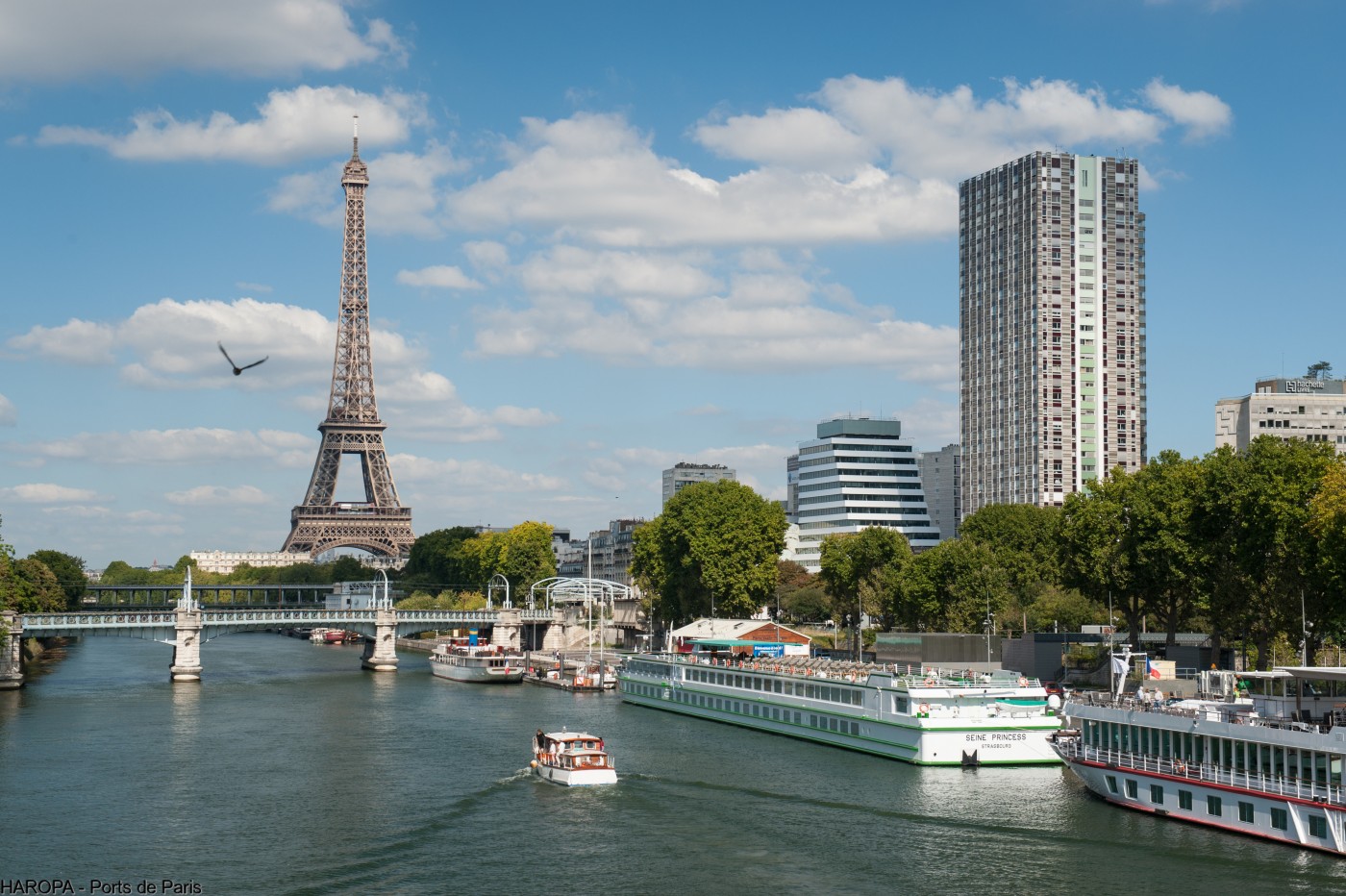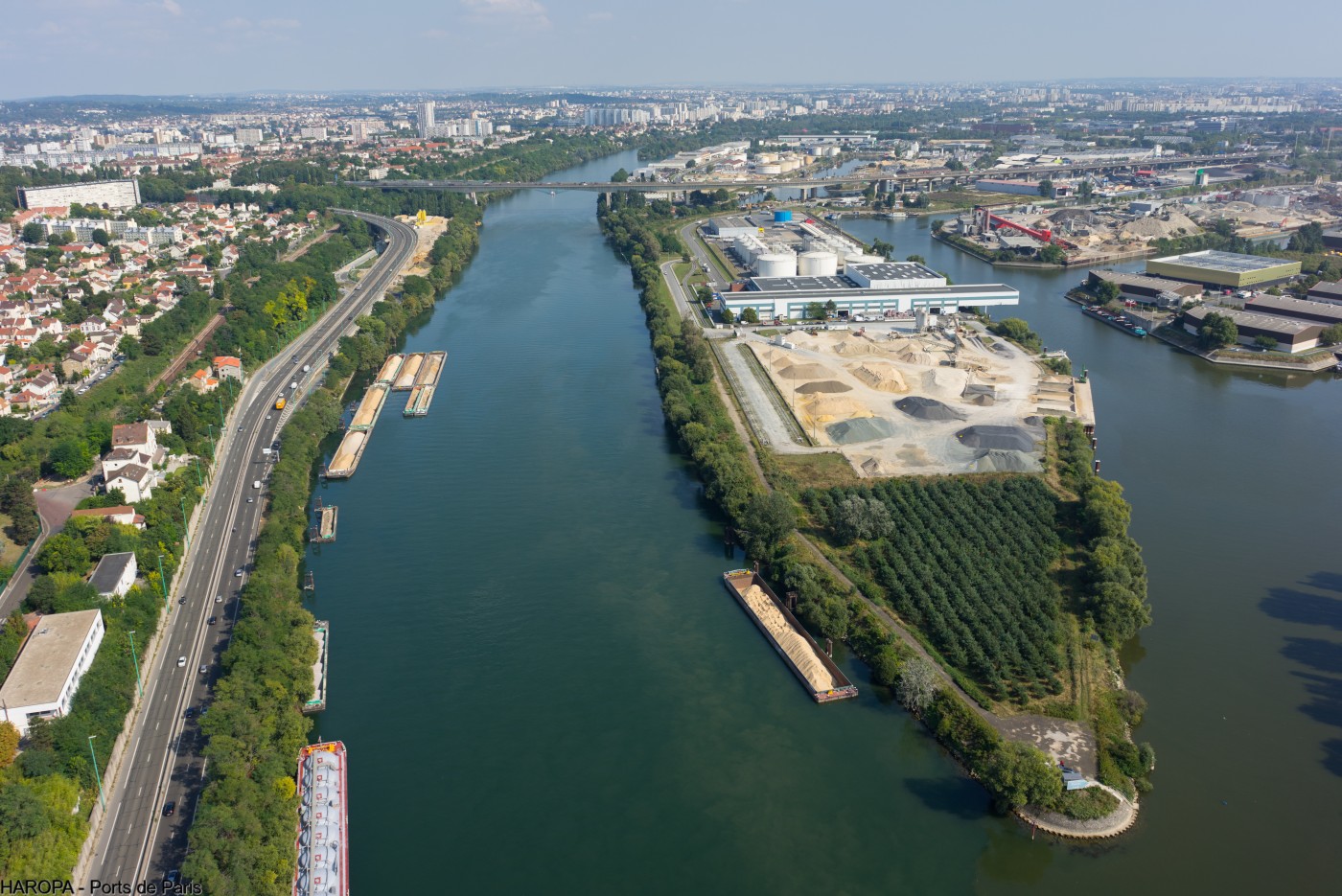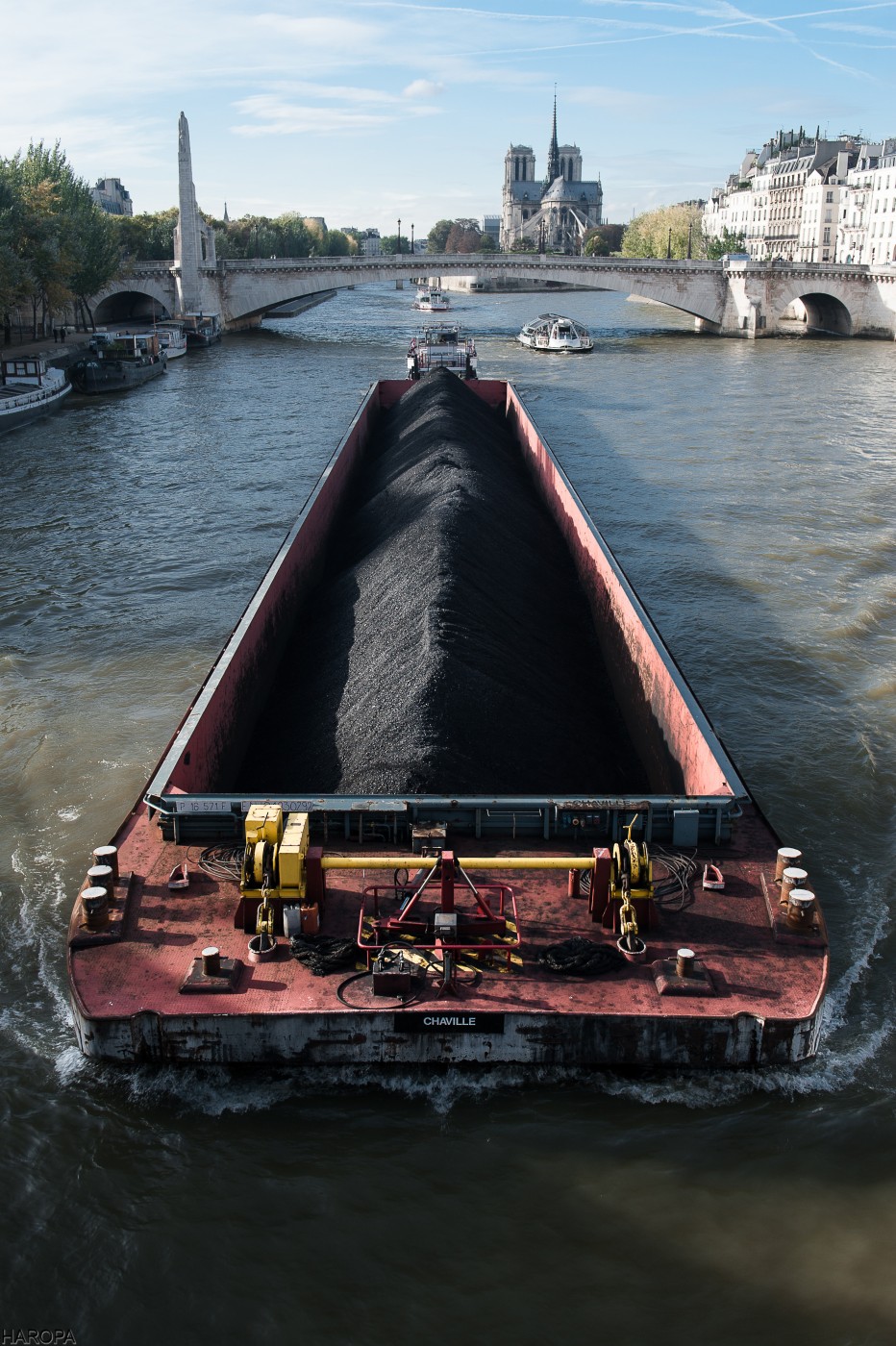26 September 2017
EFIP is very excited to organise its 2017 General Assembly in Paris, hosted by HAROPA-Ports de Paris, the first inland port in France and the second biggest in Europe. Could you please tell us more about HAROPA-Ports de Paris? What are the main characteristics of the port? What are the main challenges faced by the port today?
The major multimodal platforms of the Port of Paris combine five transport modes and bring together 70 ports for warehousing and distribution with over 1,000 hectares of port land. How important is clustering and a full integration of port activities with other ports for HAROPA-Ports de Paris ?
The clustering and integration of port activities is an integral part of the DNA of Ports de Paris. This is naturally expressed via the HAROPA port alliance which groups together the ports of Le Havre, Rouen and Paris. The purpose is to create synergies between the three ports to offer our customers only one intermediary able to meet their concerns.
HAROPA enables us to reach a critical mass at the European and world level by pooling our experience and know-how. First of all, the competitiveness gain of the industries along the Seine corridor was made possible owing to the implementation of a strong European and national industrial strategy, making ports privileged places of industrial growth: sites available in the long-term, setting-up of rapid administrative procedures, creation of logistics circuits generating less greenhouse gas, etc.
With this recovered industrial competitiveness, the area of the Seine corridor plays a leading part in world trade. It relies on advance in terms of innovation and energy efficiency, but also on higher flexibility of the production systems, skilled labour and a growing domestic market.
On the scale of the ‘Greater Paris’ (Grand Paris) area, HAROPA - Ports de Paris is a port network which combines three main multimodal platforms providing functions of logistics hubs with urban ports in the heart of cities as points of final delivery. Port integration in this dense urban area requires close relations with all parties (companies, local authorities, associations, etc.) which are organised within the scope of an ambitious RSE approach.
You are also part of the European-sized port system HAROPA in the field of industry, logistics and tourism. How important is this strategic cooperation for you as a port?
HAROPA is the joint venture between the Grand Port Maritime du Havre, the Grand Port Maritime de Rouen and Ports de Paris, created in 2012 with the purpose of forming a European-sized port system, in the field of industry, logistics and tourism at customers’ service.
The creation of HAROPA was a turning point and allowed to distinguish itself from competitors. This major change was unanimously greeted by institutional and economic stakeholders. HAROPA has rapidly acquired fame at the European level (HAROPA has been represented to the European Union since 2014) and at the world level. HAROPA won several prizes awarded by the specialized press in Europe and Asia for its performance and environmental policy, which proves the innovative and complementary nature of this port system.
This strategic alliance enables us to pool the essential functions of the three ports:
- strategy
- trade growth
- service quality of the networks to the hinterland
- communication
We coordinate our investments, development and our environmental policy in order to provide a competitive sales offer.
The strength of HAROPA lies in its capacity to increase the competitiveness and visibility of the port system of the Seine valley for its clients’ benefit, federating the means of the three port authorities and tackling the issues on the right scale: for industrial and logistics settlements at the level of a production and consumer area of more than 14 million inhabitants accounting for 30 % of the GDP of France, for cargo flows at the level of Western Europe.
HAROPA is also a single sales window which identifies and offers its customers and prospects the best solutions possible. In order to do so, on the world level, HAROPA has a network of representatives established in China, South Korea, India, Japan, Brazil and the United States.
From now onto 2030, we have the ambition to become a sustainable industrial cluster and this means the following:
- Develop the area to favour the synergies of industrial ecology and strengthen the social acceptability of industrial and port activities;
- Facilitate the installation of new business through the simplification of the procedures and a single window;
- Improve the offer of services to ships (optimisation of terminals, deepening of the navigation channel, bunkering supply, etc.) and extend the connections to the hinterland;
- Develop the land offer and sales prospects, especially abroad;
- Mobilise customers about cooperative and innovative projects, relying on R&D organisations.
HAROPA, a few figures:
- Around 120 million tonnes of maritime and river trades;
- About one thousand hectares of land reserves for industrial and logistics setting-up;
- 40,000 direct jobs and 120,000 indirect jobs.
For a port situated in the heart of the metropolis and being a crossing point for different waste streams, waste usage, production and treatment sites, how important is the circular economy for the business in the port and how will it evolve in the coming 10 years?
HAROPA considers it is a tool at the service of the circular economy. For example, the logistics trade of recyclable products is quite present with more than 1,500 companies (around 25,000 staff). Among the activities of this trade are the collection of hazardous waste, processing and disposal of non-dangerous waste and collection of the sorted waste.
Most recycling and reusable product trades actually enjoy dedicated services and facilities especially designed for their requirements: glass, plastics, oils, ferrous and non-ferrous metals, hazardous, household, bulky, public buildings and works waste, paper/cardboard, non-inert earth and wood.
River traffic is particularly suited for the logistics of the recyclable products: it generates little noise and visual nuisance and the pollution brought about accounts for barely 1 % of the global emissions of CO2 (51% for road traffic). The spatial and economic configuration of the river Seine corridor in the precincts of HAROPA is in addition favourable to the implementation of an approach of industrial ecology, through the following levers and characteristics:
- The waterway is not congested with nearly-permanent accessibility;
- The presence of all industrial trades in ports which means the complementarity opportunities are multiplied ;
- A range of available tools that can be pooled (river units, containers, cargo-(handling means, shared-use quays, river waste collection centres, etc.) ;
- Land in ownership which allows to optimise the setting-up with a view to cooperation (synergies for materials or infrastructure pooling) between the industrialists of a same Industrial and Port Zone (ZIP in French), and to trade complementarity for the development of synergies for materials or pooling between ZIPs using river transport.
HAROPA has in this way chosen to increase the possibilities of river and river-sea logistics for waste, thus contributing to a rise in river traffic of waste by more than 30 % and a doubled figure contemplated by 2019.
In addition, with all port community stakeholders, we are developing an approach of industrial ecology networking the complementary activities in a single site, for example, integrating the waste generated by an industrialist in the production process of his neighbour. This approach was born in the twenties and is now structured around the Seine corridor using the complementarities and the existing opportunities between the companies settled in the three ports. In 2016, 21% of the budget (M€ 9.3) of Ports de Paris were dedicated to environmental expenses.
All along the Seine Valley, real industrial ecosystems based upon the principles of the circular economy have structured, with the support of the competitiveness platforms in a national and European legal environment which has become more attractive.
In Port Seine-Métropole Ouest (PSMO), we are working on a real circular economy for Greater Paris (Grand Paris) with our customers and partners. The new river platform created in the Achères plain, dedicated to the public buildings and works sector, will supply the ‘Grand Paris’ worksite by waterway.
Our ambition is to establish a sustainable logistics chain by waterway to bring the materials to the worksite and carry the rubble back (rubble estimated between 15 and 20 million cu. m.). In the meantime, the Achères plain will be redeveloped and planted with greenery. With between 500 and 1,000 jobs created!
The circular economy is consequently a key issue for ports and is going to take more and more importance in the coming years. The package ‘circular economy’ of the European Union published in 2016 gives directions and means in order to implement a more adequate strategy for the circular economy.
Related documents
No attachments.


